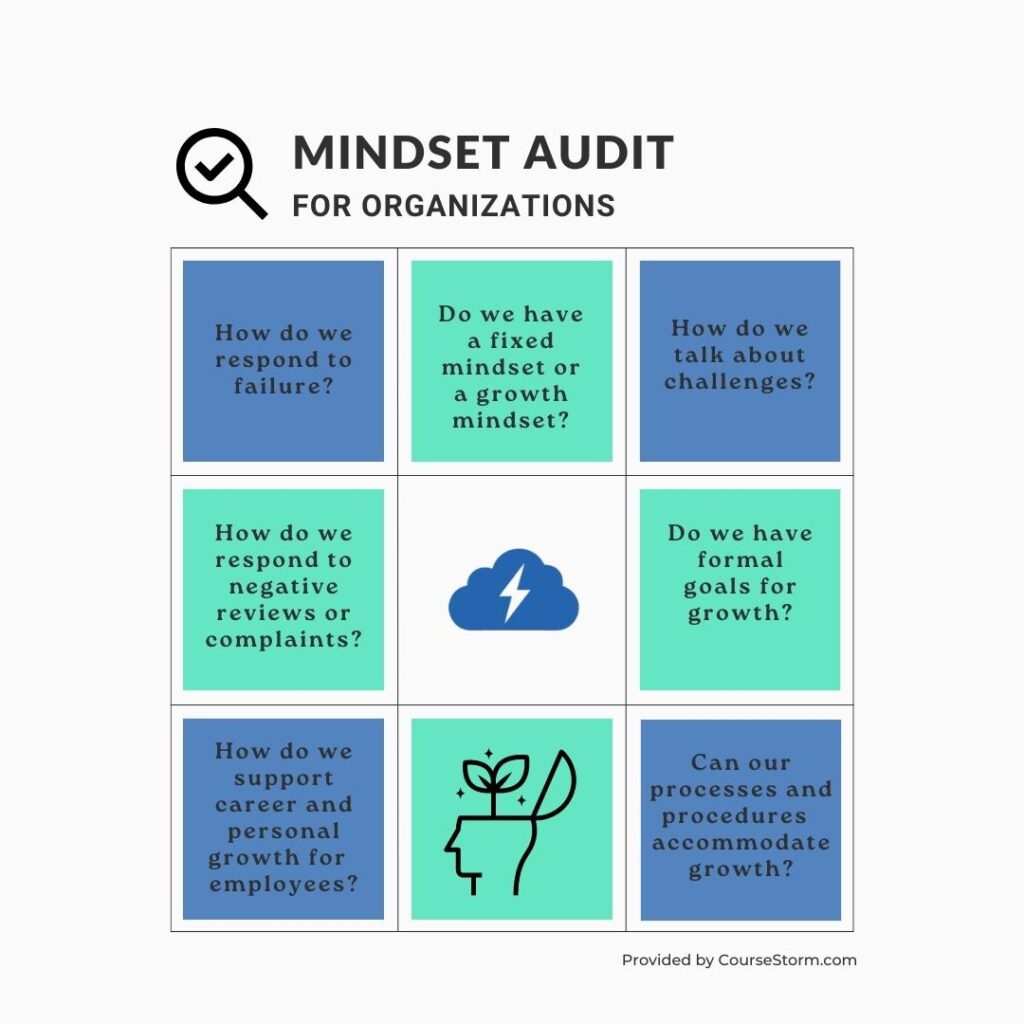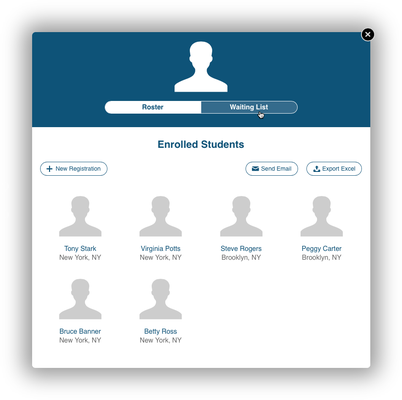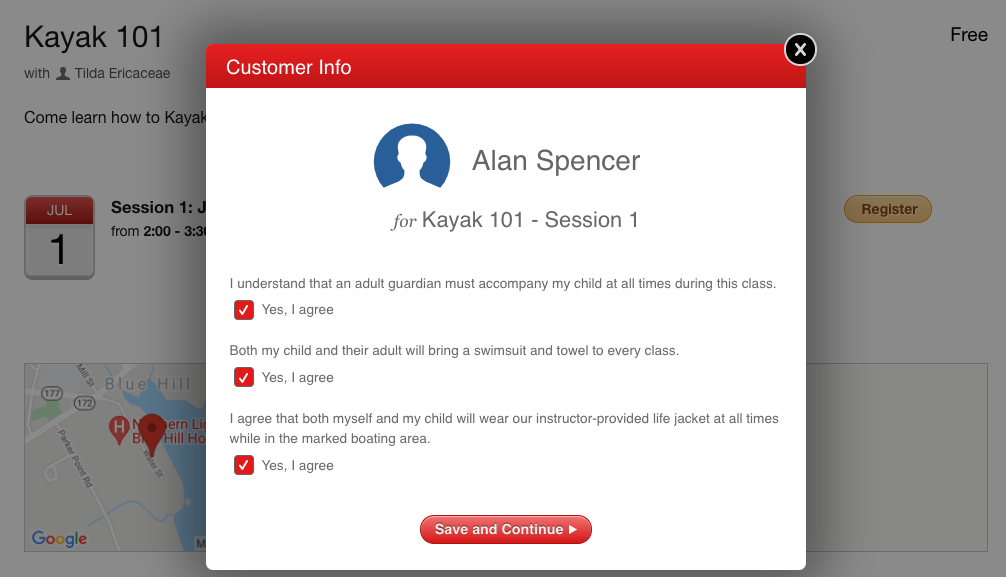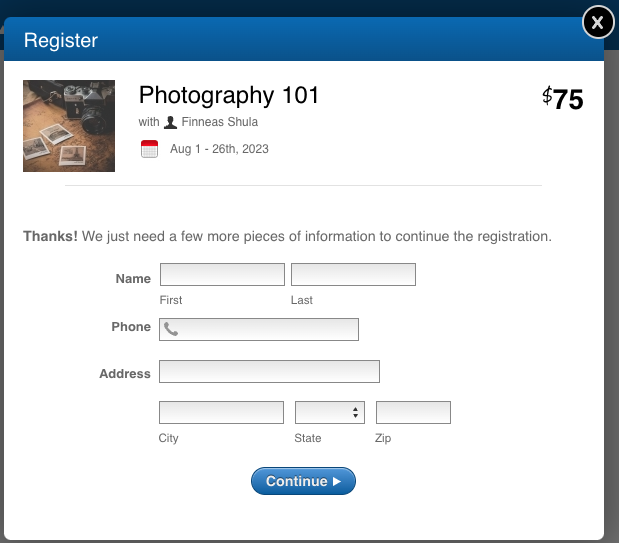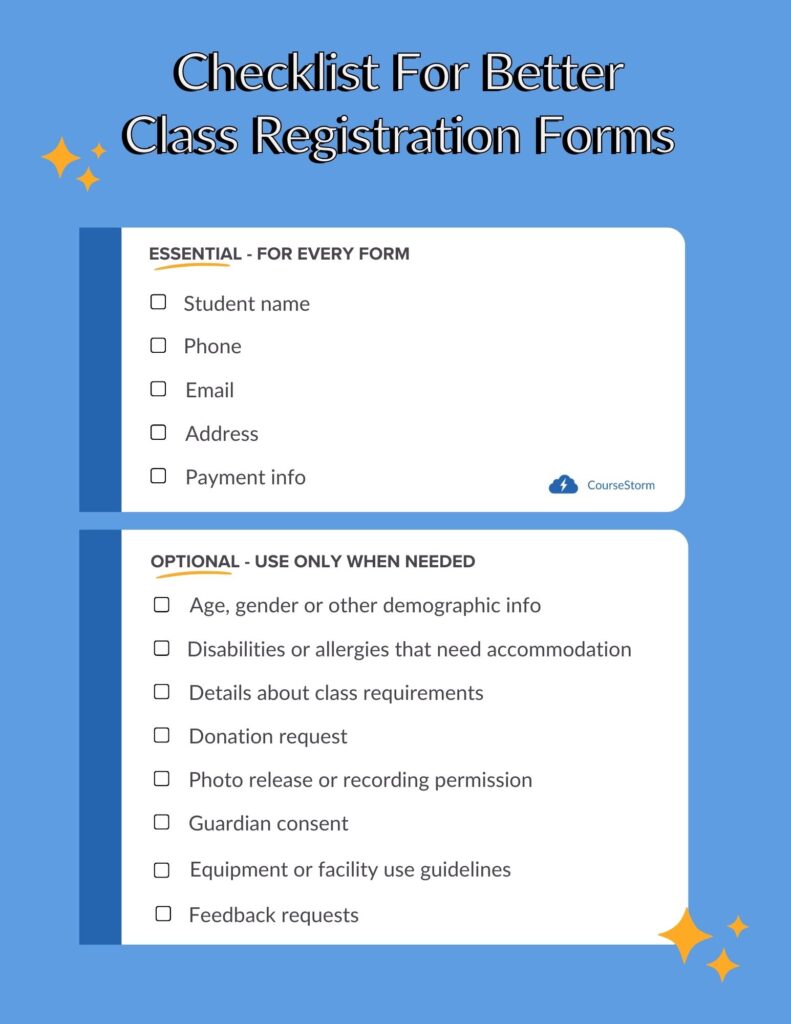Low-Cost Course Promotion: How to Advertise a Class on a Budget
Leave a CommentWhen you think about how to advertise a class, paid ads might be the first idea that comes to mind. That makes sense, since paid advertising absolutely can help with course promotion. There’s just one major drawback to this strategy—the cost.
Most education programs don’t have massive budgets to work with. They need affordable, maybe even free, ways to promote classes. Fortunately, it is possible to advertise courses without spending a ton of money. To help you do that, we’re sharing some of the ideas we’ve seen CourseStorm customers use to promote their classes and programs.
Course Promotion Starts With a Clear Message
You’ll use the same basic information in many different ways to advertise your course. So the first step is to collect all of that information. You’ll want a clear and compelling course description, some relevant images, and a link that people can use to sign up. All of this should be easily found in your course catalog.
Set up an easy website link
The benefits of straightforward website navigation can’t be overstated! When folks visit your website, make sure it’s easy to find your newest courses.
Don’t assume interested students will dig through an entire course catalog to find the class they’re interested in. Make sure the link you share on social media or other third-party sites brings the user directly to the sign-up page for that specific course.
With this information in hand, you’re ready to start advertising your course.
Ways to Advertise Courses for Free
1. Send an announcement to your email list
The first step is to prepare an email blast to send to your contacts. Announcing the new class to your existing customers first is good practice, because these are most likely to be people who have taken your courses before.
Include the course description and a registration link. You can also mention that you’re sharing the news with your email list first. People love to feel special and in the know, so an exclusive first look at upcoming courses can help build student loyalty.
Keep in mind that people get a lot of emails. You might want to send the announcement a couple of times over two or three weeks to make sure it gets seen. If you send multiple emails, use different subject lines for each one. You can also personalize email content and subject lines to make messages more appealing.
2. Share on social media
Create an eye-catching social media post to share the news about an upcoming class. If you’re sharing on Facebook or LinkedIn, you can share the link with a short description, and the platform will automatically include your image.
For Instagram, you’ll need to get a little more creative with your social media graphic since you can’t share links directly. Include a link to the course in your bio or as part of your Linktree. Don’t forget to mention the link in your post. See the example below for one way to do that.

In fact, wherever you post, include a call to action. A call to action is a short, specific statement telling users what action to take when they view your content. Examples of call-to-action statements include:
- Register Now
- Save Your Seat
- Sign Up
- View New Classes
Encourage your staff to share the post on their personal social media pages as well to boost your views. If you’re into social media advertising, you can also “boost” it as a sponsored post.
3. Add a link to your email signature with a call to action
It’s easy to overlook the not-so-humble email signature! They’re relatively easy to change and that makes them an excellent place to share major announcements.
If you’re announcing a new class, edit your email signature to include a button, graphic, or link to the registration page. You can ask everyone in your organization to share the link in their emails as well.
4. Use your voicemail message to alert your audience
Most voicemail programs are easy to update, so big news can be shared in that space too. Be concise and direct listeners to a place they can learn more.
For example, “Registration for our new Adult Dance classes is open now. Visit our website to save your spot.”
5. Get it on a local events calendar
Most local and even regional news outlets have community calendars where you can share your class information. They might be called briefs, upcoming events, or community news. Members of the community can submit short listings for events, workshops, or classes.
Check your local paper or publication to see if they have something like this. If they do, make sure you follow their directions for how to post. Some will ask you to send an email to a specific address. Others offer the option to automatically add your listing using a simple submission form. It’s a quick and easy way to make your classes more visible.
6. Create a Facebook event
Many people use Facebook as a tool to find out what’s going on in their community. Create a Facebook event to get in front of this audience. Make sure you clearly state that registration is required and what the class costs.
Include all of the location and scheduling information. Then link to your registration page so people know how to sign up.
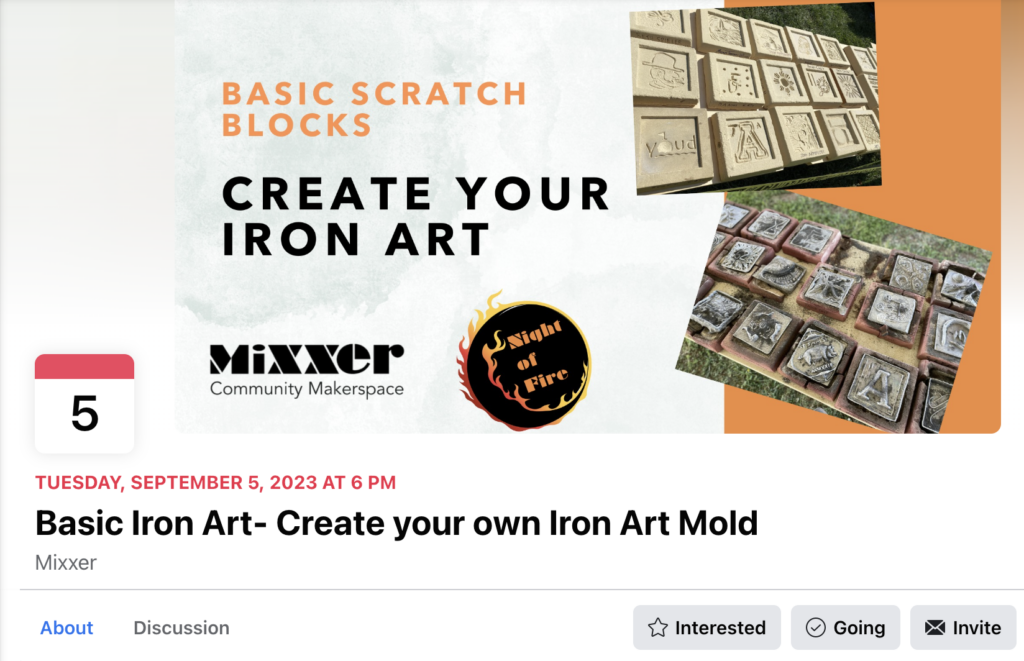
7. Send a press release to appropriate media channels
A press release can help your program spread the news quickly. Write your class announcement following standard press release format, and email it to your media contacts.
If you don’t know anyone at the local news station, visit their website. They should have a page that tells you where and how to submit news. Your local chamber of commerce may also be able to provide you with a media contact list.
If you don’t hear back within a few days, you can send an email to follow up. Keep your email short and polite. Something like this:
Dear Editor’s Name,
I know you get a lot of press releases and there’s a chance mine got lost in the shuffle. We’re offering a new class that can help adults prepare for in-demand tech jobs. It’s a timely topic since the tech job market is growing rapidly. I’ve included the release again below so you don’t have to go digging for it.
Best,
Your Name
Keep in mind that making staff and instructors available as sources, and generally being helpful to the press is a long-term investment. When editors and journalists see that you’re a reliable source who provides newsworthy information, they’re more likely to work with you. Keep building these relationships to get your classes the publicity they deserve.
8. Host a live stream
People love live videos! You can share your news with a live video on your favorite social media channel. Don’t overthink it. Here’s an easy recipe for a successful live experience:
- Announce it a few days ahead of time
- Plan for no more than 15 minutes
- Prepare a list of talking points
- Practice beforehand
- Go live!
As an example, here’s how to start a live broadcast on Instagram.
How to Advertise a Class Inexpensively
9. Drop it in the mailbox
If you have mailing addresses for prior students, you can drop a postcard in the mail to announce your new class. Physical mail stands out because it’s less commonly used these days. That means students may be more likely to pay attention to this tactic if it’s used sparingly.
You can target your list by deciding to send it to the people you think will benefit the most. That could be only people who registered in the past year or only those who pay with cash or a check.
The US Postal Service also provides special rates for bulk marketing mail that will allow you to target residents in a particular zip code. They even have discounted rates if your organization is a nonprofit.
Good design is really important for physical mailings. You want people to really look at your postcard, not lump it in with junk mail. Make sure to include a short website link where they can access more information. You might also include a QR code (more on those in a moment).
10. Put up posters using easy-to-access QR codes
Posters are still a great way to announce upcoming classes. They target a local audience and can reach people who aren’t already on your mailing list or following you on social media.
To make it easy for folks on the move to find out more, use a custom QR code that can be scanned with a cellphone camera to share specific information. You can make them for free using an online generator. We like Unitag but Canva also has a built-in QR code app you can access if you’re already using this graphic design software to make posters.
11. Increase engagement with a promo code or discount
A promo code can entice someone to read more or take a chance on a new class. The discount can be limited to meet a specific timeframe, like the first week after the class is announced. Send it out to your email list or print it on your postcard mailing.
You might even offer discount codes as a reward for signing up. Students who register for your new class can get a code that they can use for future classes or share with a friend.
Download the Class Promotion Checklist
Every time you have a new class to promote, you can follow this list. If you can supplement with some paid advertising, great. If not, these tactics should still help fill your classes.
Want a handy checklist version? We created a printable, easy-to-use reference to make remembering where to share even easier for you.
Of course, figuring out how to advertise a class is just the first step. Next you need to make it simple for students to register. That’s where we come in. CourseStorm’s simple online registration and payment solution offers a streamlined class sign-up process for every student.


